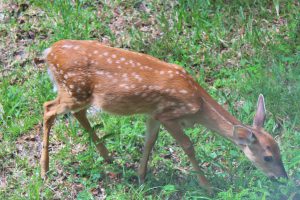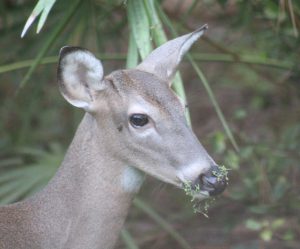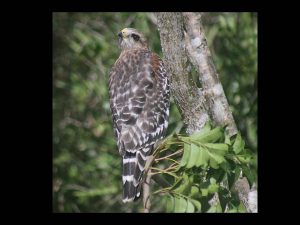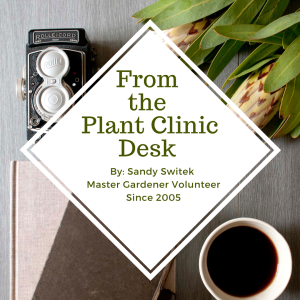Let’s Celebrate
Many people travel to parks and natural areas to catch a glimpse of native creatures. But can we ever see wildlife in our own yards? If so, what can we do to encourage wild visitors?
What can we do?
While most new yards don’t come with an abundance of wildlife, there are things that can be done to either attract it, or to encourage disturbed wildlife to return after the construction is over.
Tips to help the Wildlife from our backyard
- The first tip would be to limit the amount of lawn space. A deer grazing on a lawn is most likely finding some wild weeds to eat, since grass is not one of their preferred foods. It does not contain nutrients that they need.
- Vertical layering of plants is a good alternative to a huge lawn area. A combination of trees, shrubs, and wildflowers can provide cover for various animals and birds. Oak trees alone provide over half of the food that many mammals eat. Plants with seeds, berries, fruits, or flowers can provide additional food and nectar for various visitors. Shrubs with dense cover and nectar are attractive to wildlife. Flowering perennials are excellent for hummingbirds, bees, and butterflies. These islands of vegetation can be installed in lawns.
- Tree snags are actually good for birds, though not pleasing to us. However, leaving a few in place can benefit nesting woodpeckers and provide hunting observation towers for birds of prey.
- Water is necessary for all wildlife. A birdbath, rain garden, or small pond will help. Provide some kind of cover several feet away.. If the cover is too close, animals which hunt birds may hide in it.
- Bird feeders can also be placed near the birdbath. However, trees need to be at least 15 feet away from the feeding area in order to prevent squirrels from leaping onto the bird feeder. Feeders must be kept clean.
- Using native vegetation will usually provide good results. The native vegetation will allow wild creatures to get some of their natural food, and you will generally have to do less work to keep the natives alive. Be sure to place plants in the correct location for sun and soil wetness. Once established, most will not require watering, fertilizing, or pesticide use.
- Remove invasive plants. Even though they may not reproduce much in your own yard, remember that seeds travel long distances by wind, water, birds, and animals. Natural areas can be destroyed, as the new seedlings overpower the native plants.
- Manage pets. A dog running loose can harass and kill wildlife and cats are expert hunters, and even if well-fed, they will hunt for fun.
- Reduce pesticide use, which kills many beneficial insects, along with the pesky ones. Almost all wildlife consumes insects in some way. If not directly eaten, the insects are still eaten by the animal’s prey. Choose plants which don’t need pesticides if possible.
- Keep expanding the habitat as you get more time to work in the yard. This can eventually lead to more diversity in your wildlife haven.
What kinds of wildlife can we see here in Osceola County?
When we first moved to our new place in Osceola County, we routinely saw gray foxes, bobcats, raccoons, deer, opossums, rabbits, and otters. Lately, foxes and bobcats are not common, due to more development of surrounding areas. Other creatures include gopher tortoises, box turtles, snakes, butterflies, and many birds. Some birds are uncommon in cities, such as white eyed vireo, Chuck-Wills-Widow, barred owl, and pine warbler. More common to most yards are bluejays, bluebirds, cardinals, various woodpeckers, mockingbirds, catbirds, and sometimes swallowtail kites. Uncommon but sometimes seen in parks are snail kites and purple gallinules. In addition, water birds can be abundant around lakes and ponds.
Here are a few of our yard wildlife photos.

Young female cardinal – photo by Sandi Switek

Deer fawn eating weeds – photo by Sandi Switek

Young deer with a mouthful of weeds – photo by John Switek

Gopher tortoise crossing the road to graze – photo by John Switek

Cattle egret flying out of oak tree – photo by Sandi Switek

Red shouldered hawk – photo by Sandi Switek
Need more information:
For more information about Florida Friendly Plants and Wildlife you can email me at epabon5@ufl.edu or like us to learn about new classes or events at Gardening in Central Florida
By: Sandy Switek since 2005 and Eva Maria Pabon Residential Horticulture Agent
Do you want to read more about gardening? Follow our blog Eva Pabon, Author at UF/IFAS Extension Osceola County (ufl.edu)
 0
0

